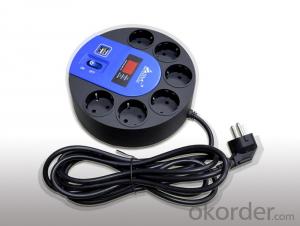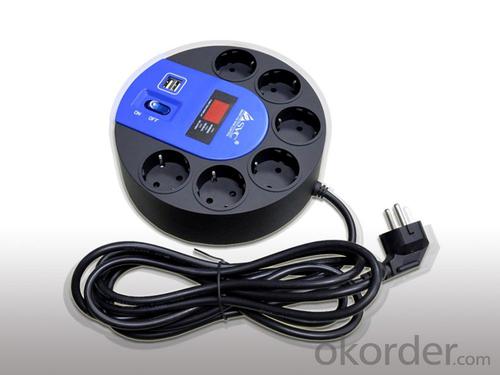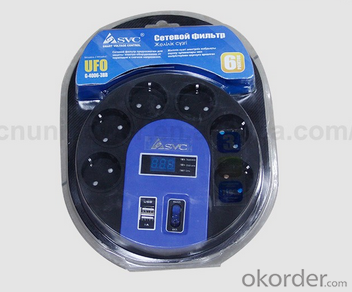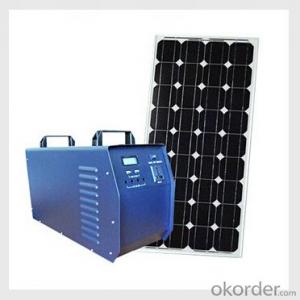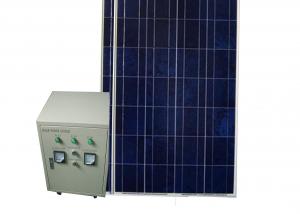Solar Energy Systems Factories - Euro Industrial Multi LED Display USB Universal Electric Socket
- Loading Port:
- China main port
- Payment Terms:
- TT OR LC
- Min Order Qty:
- 20 carton
- Supply Capability:
- 10000 carton/month
OKorder Service Pledge
Quality Product, Order Online Tracking, Timely Delivery
OKorder Financial Service
Credit Rating, Credit Services, Credit Purchasing
You Might Also Like
Euro Industrial Multi Led Display USB Universal Electric Socket
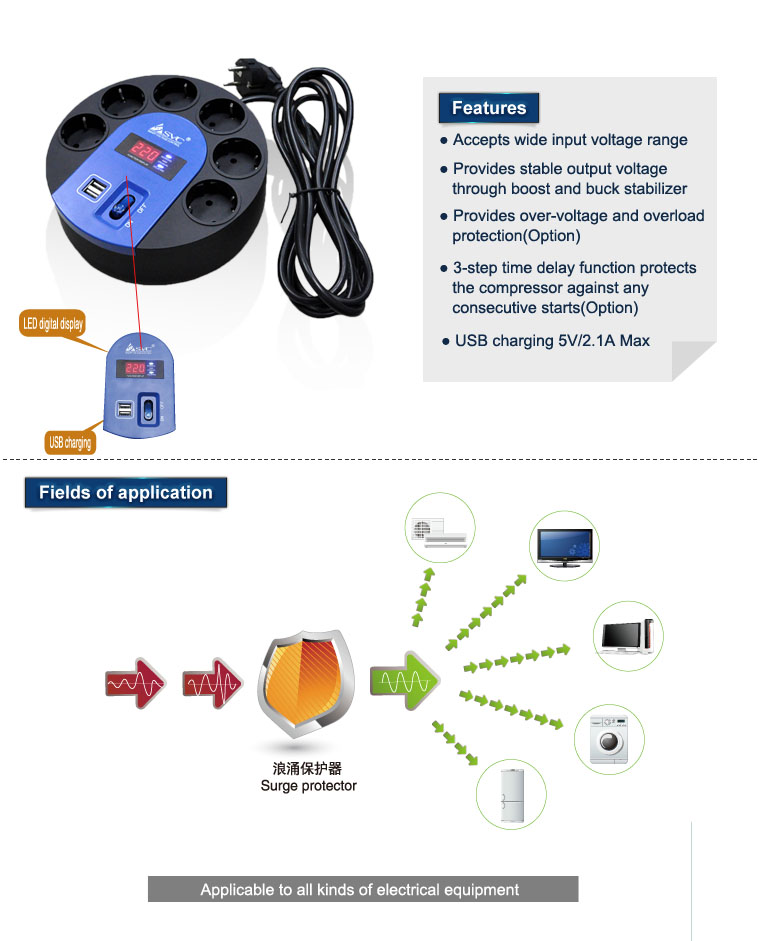

1. Wide range of input voltage
2. Provides stable output voltage and overload protection(Optional)
3. Provides over-voltage and overload protection(Optional)
4. 3-steps time delay function protects the comptessor against any consecutive starts (Optional)
5. USB charging 5V/2.1A max

| Model | G-2006 | G-4006 |
| Voltage range | 180-245Vac | |
| Current | 10A | |
| Insulation voltage-withstand | 1500 / 1min 2000V 3sec | |
| Insulation resistance | ≥100 | |
| Power cord | Cross-sectional area:3*0.75 | |
| Operating life | 10000 times | |
| Net weight (kg) | 0.55 | |
| Environment | Temperature 0℃~40℃ | |
- Q: Can a solar energy system be installed in an area with a high bird population?
- Yes, a solar energy system can be installed in an area with a high bird population. However, additional precautions may be necessary to mitigate potential risks and protect both the birds and the solar panels.
- Q: How do solar energy systems impact water usage?
- Solar energy systems have a positive impact on water usage as they significantly reduce the amount of water needed for electricity generation compared to traditional fossil fuel power plants. Solar power does not require any water for its operation, whereas conventional power plants consume large amounts of water for cooling purposes. This water consumption can be detrimental to local ecosystems and water resources, especially in areas with limited water availability. Moreover, solar energy systems indirectly contribute to water conservation by reducing the reliance on other water-intensive energy sources. By shifting towards solar power, we can reduce the need for coal or natural gas power plants that consume vast amounts of water for cooling and extraction processes. This reduction in water usage not only preserves local water resources but also helps mitigate water scarcity issues that many regions face. Additionally, solar energy systems can also be integrated with water management infrastructure to further optimize water usage. For instance, solar panels can be installed on reservoirs or other water bodies, providing shade and reducing evaporation rates. This helps to conserve water and maintain reservoir levels, which are crucial for agriculture, drinking water supply, and ecosystem health. In summary, solar energy systems have a positive impact on water usage. They eliminate the need for water consumption in electricity generation and reduce reliance on water-intensive energy sources. Moreover, solar power can be combined with water management infrastructure to optimize water usage and conserve water resources. By embracing solar energy, we can contribute to a more sustainable and water-efficient future.
- Q: How long does it take to recoup the cost of installing a solar energy system?
- The length of time it takes to recoup the cost of installing a solar energy system can vary depending on various factors, including the initial cost of the system, the amount of electricity the system generates, and the cost of electricity from the grid. On average, it typically takes around 5 to 10 years to recoup the upfront investment of a solar energy system. However, this time frame can be shorter or longer depending on the specific circumstances. One of the key factors influencing the payback period is the cost of electricity from the grid. If electricity prices are high, the solar system can offset a larger portion of the electricity bill, leading to quicker payback. Additionally, the availability of government incentives and tax credits can significantly reduce the initial cost and shorten the payback period. The amount of electricity generated by the solar system also plays a crucial role. A larger system that generates more electricity will offset a greater portion of the electricity bill, accelerating the payback period. Another consideration is the location and local climate. Regions with ample sunlight and higher electricity costs tend to have shorter payback periods. Additionally, the presence of net metering programs, where excess energy generated by the system can be sold back to the grid, can further shorten the time it takes to recoup the investment. It's important to note that while the payback period is an important aspect of evaluating the financial feasibility of a solar energy system, it is just one factor to consider. Solar energy systems have long lifespans, typically around 25 to 30 years, during which they can continue to generate free and clean electricity, providing significant savings and environmental benefits beyond the payback period.
- Q: Can a solar energy system be installed on a floating platform?
- Indeed, it is possible to install a solar energy system on a floating platform. Floating photovoltaic (FPV) systems, also known as floating solar power plants, are becoming popular as an innovative solution to make the most of water bodies for solar energy generation. Typically, these platforms are built using buoyant materials like plastic or concrete, enabling the solar panels to float on the water's surface. There are various advantages to installing solar panels on floating platforms. Firstly, it allows for the utilization of underused water bodies such as reservoirs, dams, and ponds, hence optimizing land use. Secondly, the water beneath the solar panels helps cool them down, enhancing their efficiency and overall energy output. Additionally, the floating platforms can reduce evaporation from the water surface, thus conserving water resources. Floating solar energy systems also offer environmental benefits. By harnessing water bodies for solar energy generation, these systems decrease the need to clear land for large-scale solar installations, thereby preserving ecosystems and biodiversity. Moreover, they can aid in reducing algae growth and improving water quality by shading the water surface and limiting sunlight penetration. While floating solar systems present unique engineering challenges, such as anchoring and stability, technological advancements have made them increasingly feasible and cost-effective. Several countries, including Japan, China, and the Netherlands, have successfully implemented floating solar power plants, demonstrating their potential as a sustainable energy solution. In summary, it is indeed possible to install a solar energy system on a floating platform. These floating photovoltaic systems offer numerous benefits, such as optimized land use, increased energy efficiency, water conservation, and environmental preservation. As technology continues to advance, we can expect to witness the worldwide deployment of more floating solar power plants.
- Q: Can solar energy be used at night?
- No, solar energy cannot be directly used at night as it relies on sunlight to generate electricity. However, with the help of energy storage systems such as batteries, excess solar energy produced during the day can be stored and used during nighttime hours.
- Q: Can solar energy systems be used in powering construction sites or temporary structures?
- Yes, solar energy systems can definitely be used to power construction sites or temporary structures. Solar panels can be installed on rooftops or mounted on the ground to harness sunlight and convert it into electricity. This renewable energy source can provide a reliable and sustainable power supply for various construction activities, including lighting, equipment operation, and temporary office setups. Additionally, solar energy systems can be easily transported and set up at different locations, making them ideal for powering temporary structures, such as mobile offices or worker accommodation.
- Q: Are solar energy systems expensive to install?
- While the upfront cost of installing a solar energy system can be relatively high, the long-term benefits outweigh the initial expenses. With advancements in technology and government incentives, the cost of solar panels has significantly decreased over the years. Additionally, solar systems have a long lifespan of 25-30 years, which means they provide a reliable and cost-effective source of renewable energy over time. In fact, the savings on electricity bills and potential incentives can result in a return on investment within a few years. Therefore, while the initial installation cost may seem expensive, solar energy systems are a wise investment in the long run.
- Q: How do solar energy systems impact the demand for traditional energy sources?
- Traditional energy sources are significantly impacted by solar energy systems, as the installation and integration of solar panels into the power grid decrease reliance on fossil fuels. This occurs because solar energy systems directly generate electricity from sunlight, eliminating the necessity for coal, oil, and natural gas as traditional energy sources. Several factors contribute to the reduced demand for traditional energy sources with the increased adoption of solar energy systems. Firstly, solar power can be produced locally, reducing the need for long-distance electricity transmission from power plants. Consequently, transmission losses and associated costs decrease, rendering solar energy more economically viable. Secondly, solar energy systems generate electricity during daylight hours when demand is typically high, especially in residential and commercial settings. As a result, strain on traditional energy sources during peak demand periods is reduced, assisting in stabilizing the power grid and preventing blackouts or shortages. Additionally, integrating solar energy systems into the power grid allows for excess electricity to be fed back into the grid. This surplus energy can be utilized by other consumers, thereby lowering the overall demand for traditional energy sources. This concept, referred to as net metering, not only diminishes reliance on traditional energy sources but also encourages the adoption of solar energy systems. In conclusion, the widespread use of solar energy systems positively impacts the demand for traditional energy sources. It diminishes the requirement for fossil fuels, promotes energy independence, and contributes to the global transition toward clean and renewable energy sources. However, it is important to acknowledge that replacing traditional energy sources entirely with solar energy is not feasible in all circumstances, and a balanced energy mix remains necessary to meet the diverse energy demands of society.
- Q: How does a solar thermal system use sunlight to heat water or air?
- A solar thermal system uses sunlight to heat water or air by using solar collectors, typically consisting of flat panels or evacuated tubes, which absorb the sun's energy. The collectors are designed to maximize the absorption of sunlight and convert it into heat. Inside the collectors, there are pipes or tubes containing a heat transfer fluid, such as water or antifreeze, which is heated as it circulates through the collectors. This heated fluid is then used to transfer the heat to a storage tank where it can be used for hot water supply or circulated through a heat exchanger to warm air in a building. Overall, the solar thermal system harnesses the sun's energy to directly heat the water or air, providing a sustainable and renewable source of thermal energy.
- Q: Can solar energy systems be used for powering remote monitoring systems?
- Yes, solar energy systems can be used to power remote monitoring systems. Solar panels can capture sunlight and convert it into electricity, which can then be used to power various devices, including remote monitoring systems. This is particularly useful in remote or off-grid locations where traditional power sources are not easily accessible. Solar energy systems provide a sustainable and cost-effective solution for powering remote monitoring systems while reducing reliance on fossil fuels.
Send your message to us
Solar Energy Systems Factories - Euro Industrial Multi LED Display USB Universal Electric Socket
- Loading Port:
- China main port
- Payment Terms:
- TT OR LC
- Min Order Qty:
- 20 carton
- Supply Capability:
- 10000 carton/month
OKorder Service Pledge
Quality Product, Order Online Tracking, Timely Delivery
OKorder Financial Service
Credit Rating, Credit Services, Credit Purchasing
Similar products
Hot products
Hot Searches
Related keywords
